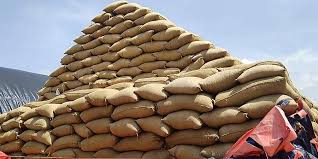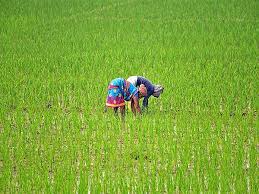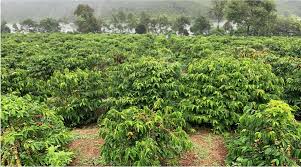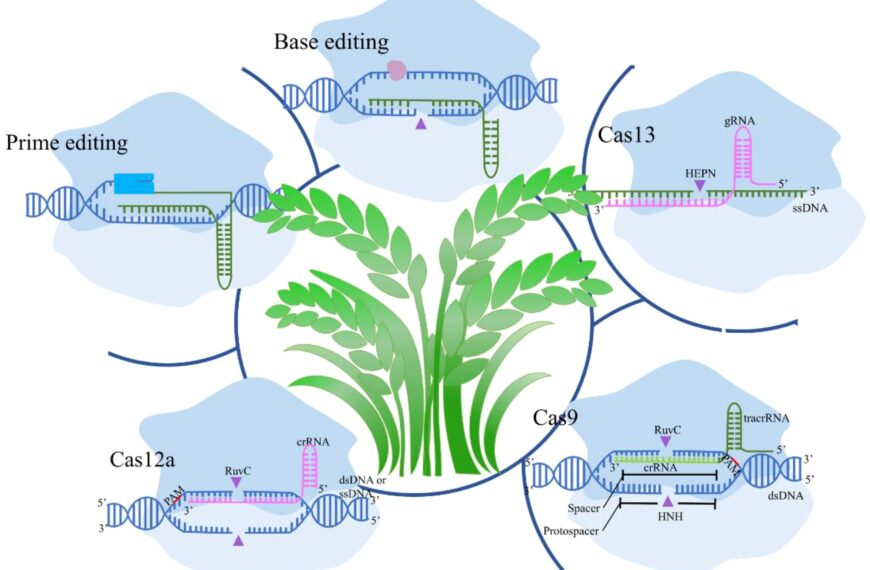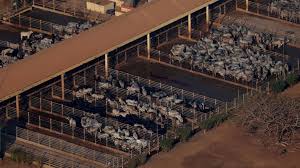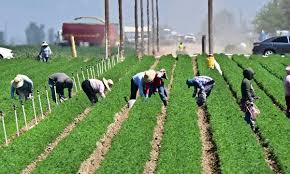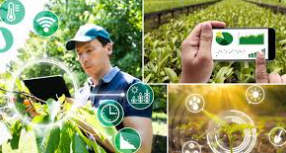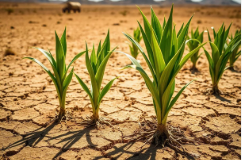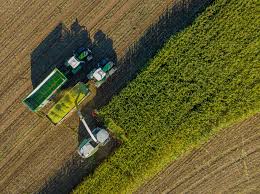
The global agricultural sector is navigating a period of volatility, with economic uncertainties affecting rural communities and farm-dependent economies worldwide. Recent analyses indicate that fluctuating commodity prices, climate-related disruptions, and shifting trade policies are contributing to an unpredictable environment for farmers, agribusinesses, and rural livelihoods.
Experts note that global demand for agricultural products remains strong, but supply chain challenges, rising input costs, and adverse weather events are creating pressure on production and profitability. Extreme weather conditions, including droughts, floods, and heatwaves, have affected crop yields in several key producing regions, highlighting the vulnerability of global food systems to climate change.
Trade dynamics are also influencing agricultural markets. Tariffs, export restrictions, and policy shifts between major economies are affecting the flow of commodities, from grains and oilseeds to livestock and dairy. These disruptions can lead to price volatility, affecting both producers and consumers, and complicate long-term planning for farmers and agribusinesses.
Rural economies, which heavily rely on agriculture, are particularly sensitive to these uncertainties. Reduced farm income, market instability, and increased costs of production can affect livelihoods, employment, and local economies. Experts emphasize the need for risk mitigation strategies, including crop diversification, adoption of resilient farming practices, and investment in technology to stabilize production and improve efficiency.
Global agricultural economists are calling for coordinated efforts to enhance market stability and strengthen rural resilience. Policy support, financial instruments, and targeted subsidies can help farmers navigate periods of volatility. Additionally, investments in infrastructure, climate-smart agriculture, and research and development are essential to secure sustainable food production and maintain the economic viability of farming communities.
Despite current challenges, there are opportunities for adaptation and growth. Innovations in precision agriculture, digital farming platforms, and sustainable crop management practices are enabling farmers to optimize resources, reduce risks, and improve productivity. Furthermore, international collaboration on trade, climate resilience, and technological innovation can help buffer rural economies against external shocks.
The outlook for global agricultural economies remains cautious but not pessimistic. By embracing innovation, policy support, and sustainable practices, stakeholders can mitigate risks, enhance resilience, and ensure that rural economies continue to thrive, even amid global uncertainties.

